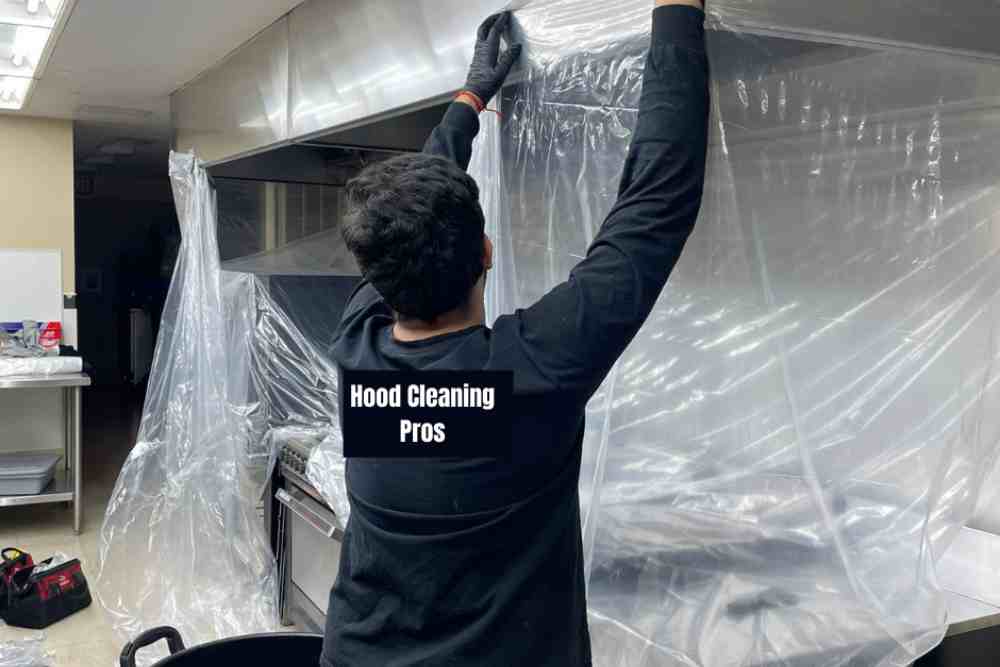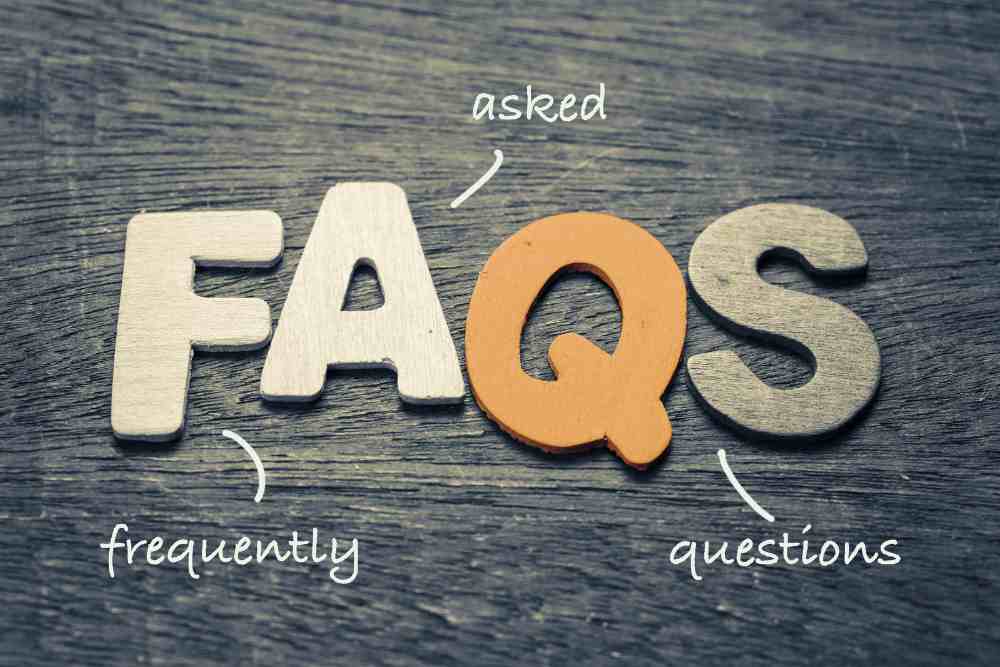Table of Contents
- Professional Hood Cleaning Techniques
- The Importance of Hood Cleaning
- 1. Preparing the Work Area
- 2. Inspecting and Disassembling the Hood System
- 3. Removing Grease and Debris
- 4. Cleaning the Filters
- 5. Cleaning the Exhaust Ducts
- 6. Reassembling and Testing
- Frequently Asked Questions
- 1. How often should a commercial hood system be cleaned?
- 2. Can I clean the hood system myself, or should I hire a professional?
- 3. Are there any regulations or standards for hood cleaning?
- 4. How can I tell if my hood system needs cleaning?
- 5. What are the consequences of not cleaning the hood system regularly?
- Summary
Professional Hood Cleaning Techniques

When it comes to maintaining a safe and efficient commercial kitchen, proper hood cleaning is essential. The hood system plays a crucial role in removing smoke, grease, and other airborne contaminants from the cooking area, preventing fire hazards and ensuring a healthy working environment. In this article, we will explore professional hood cleaning techniques that are used by experts in the industry to ensure optimal performance and compliance with safety regulations.
The Importance of Hood Cleaning
Before delving into the techniques, it is important to understand why hood cleaning is so crucial. Neglecting regular cleaning and maintenance of the hood system can lead to a variety of issues, including:
- Increased fire risk: Grease buildup in the hood and exhaust system can easily ignite, leading to a potentially devastating fire.
- Poor air quality: A dirty hood system can release smoke, odors, and harmful particles into the kitchen, affecting the health of employees and customers.
- Reduced efficiency: Accumulated grease can obstruct airflow, reducing the effectiveness of the hood system in removing smoke and contaminants.
- Non-compliance: Failure to maintain a clean hood system can result in violations of health and safety regulations, leading to fines and potential closure of the establishment.
Now that we understand the importance of hood cleaning, let’s explore the techniques used by professionals to ensure a thorough and effective cleaning process.
1. Preparing the Work Area
Before starting the cleaning process, it is important to prepare the work area to minimize any potential damage or mess. This includes:
- Removing any items from the cooking area that could be damaged or contaminated during the cleaning process.
- Covering appliances, countertops, and other surfaces with protective materials to prevent damage from cleaning solutions.
- Ensuring proper ventilation in the kitchen to minimize the spread of fumes and odors.
2. Inspecting and Disassembling the Hood System
Prior to cleaning, a thorough inspection of the hood system should be conducted to identify any areas of concern or potential issues. This includes checking for grease buildup, damaged components, and loose or worn-out parts. Once the inspection is complete, the hood system should be disassembled to allow for a more thorough cleaning.
3. Removing Grease and Debris
The next step in the cleaning process involves removing grease and debris from the hood system. This can be done using a combination of scraping, brushing, and pressure washing techniques. It is important to use appropriate tools and cleaning solutions that are specifically designed for hood cleaning to ensure effective removal of grease and other contaminants.
4. Cleaning the Filters
The filters in the hood system play a critical role in trapping grease and preventing it from entering the exhaust system. Over time, these filters can become clogged with grease and debris, reducing their effectiveness. Cleaning the filters involves soaking them in a degreasing solution, scrubbing them to remove any remaining residue, and rinsing them thoroughly before reinstalling.
5. Cleaning the Exhaust Ducts
The exhaust ducts are responsible for carrying the smoke and contaminants from the hood system to the outside. These ducts can also accumulate grease and debris over time, posing a fire hazard. Cleaning the exhaust ducts involves using specialized tools and equipment to remove the buildup and ensure proper airflow.
6. Reassembling and Testing
Once the cleaning process is complete, the hood system should be reassembled and tested to ensure proper functionality. This includes checking for any loose or damaged components, verifying that the airflow is unobstructed, and confirming that the exhaust system is effectively removing smoke and contaminants.
For professional hood cleaning services in Ontario, visit Ontario Hood Cleaning.
Frequently Asked Questions

1. How often should a commercial hood system be cleaned?
A commercial hood system should be cleaned at least once every three months. However, the frequency of cleaning may vary depending on the volume of cooking and the type of food being prepared. High-volume kitchens or those that cook greasy foods may require more frequent cleaning.
2. Can I clean the hood system myself, or should I hire a professional?
While it is possible to clean the hood system yourself, it is highly recommended to hire a professional hood cleaning service. Professionals have the expertise, specialized tools, and knowledge of safety regulations to ensure a thorough and effective cleaning process.
3. Are there any regulations or standards for hood cleaning?
Yes, there are regulations and standards in place for hood cleaning. The National Fire Protection Association (NFPA) provides guidelines for the cleaning and maintenance of commercial cooking operations, including hood systems. It is important to comply with these regulations to ensure the safety and efficiency of your kitchen.
4. How can I tell if my hood system needs cleaning?
There are several signs that indicate a hood system needs cleaning, including visible grease buildup on the hood and filters, reduced airflow, excessive smoke or odors in the kitchen, and increased cooking times. Regular inspections and maintenance can help identify these issues before they become more serious.
5. What are the consequences of not cleaning the hood system regularly?
Failure to clean the hood system regularly can lead to increased fire risk, poor air quality, reduced efficiency, and non-compliance with safety regulations. These consequences can result in costly damages, fines, and even closure of the establishment.
Summary
Professional hood cleaning techniques are essential for maintaining a safe and efficient commercial kitchen. Regular cleaning and maintenance of the hood system help prevent fire hazards, ensure optimal performance, and comply with safety regulations. By following the steps outlined in this article, including preparing the work area, inspecting and disassembling the hood system, removing grease and debris, cleaning the filters and exhaust ducts, and reassembling and testing, you can ensure a thorough and effective cleaning process. Remember to consult professionals and comply with regulations to keep your kitchen safe and compliant.
For professional hood cleaning services in Ontario, visit Ontario Hood Cleaning.






